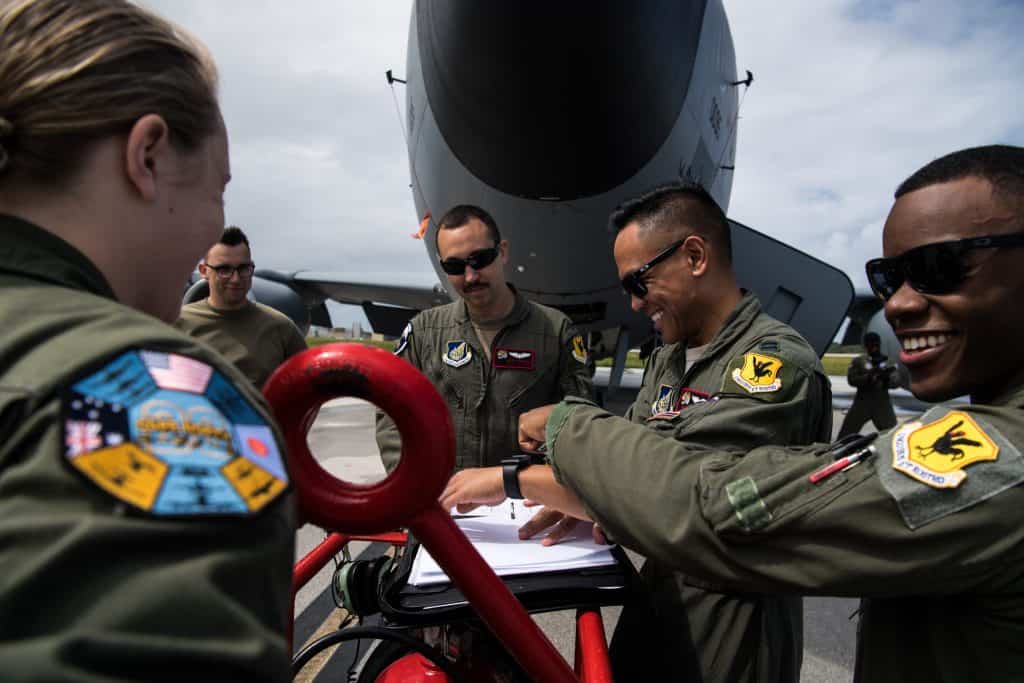Flying Opportunities in the Air Force Reserve

Article by: Gordon “Patch” Olde, AFRC UFT Program Manager
Whether you are currently active duty in the Air Force, a sister service, or you have never flown a plane before, there are flying opportunities for you in the Air Force Reserve (AFR). The Air Force Reserve Command (AFRC) Undergraduate Flying Training (UFT) Guidebook contains a wealth of information about flying the AFR as well as how to apply. Below is a brief summary of the AFR and how to join.

The Air Force Reserve Command (AFRC) is a major command (MAJCOM) of the United States Air Force, headquartered at Robins AFB in Georgia. AFRC consists of over 70 different flying squadrons organized in three Numbered Air Forces (NAF). The 4th Air Force controls AFRC’s mobility air forces and is headquartered at March AFB, California. The 10th Air Force consists of AFRC’s combat air forces with its headquarters at Naval Air Station (NAS) Joint Reserve Base (JRB) Fort Worth, Texas. The 22nd Air Force includes all of AFRC’s tactical mobility and flying training assets, headquartered at Dobbins Air Reserve Base (ARB), Georgia.
Reservists serve in a variety of different statuses, both part-time and full-time. Active Guard/Reserve (AGR) and Air Reserve Technician (ART) are full-time statuses, while Traditional Reserve (TR) and Individual Reserve (IR) statuses are part-time. Reservists receive similar benefits to their active duty counterparts, including base access, health care, education and tuition assistance, and retirement opportunities. Flying positions include pilot, Combat Systems Officer (CSO), Remotely Piloted Aircraft (RPA) pilot, and Air Battle Manager (ABM).







